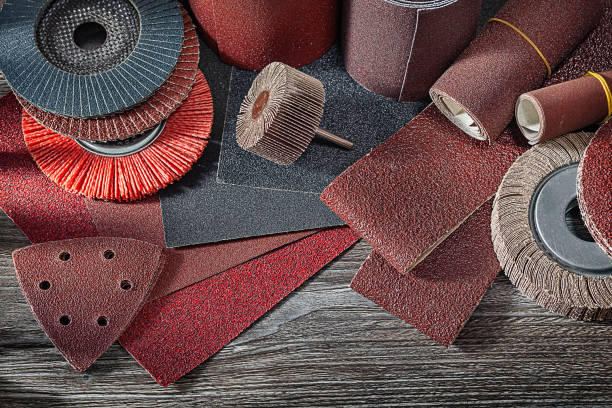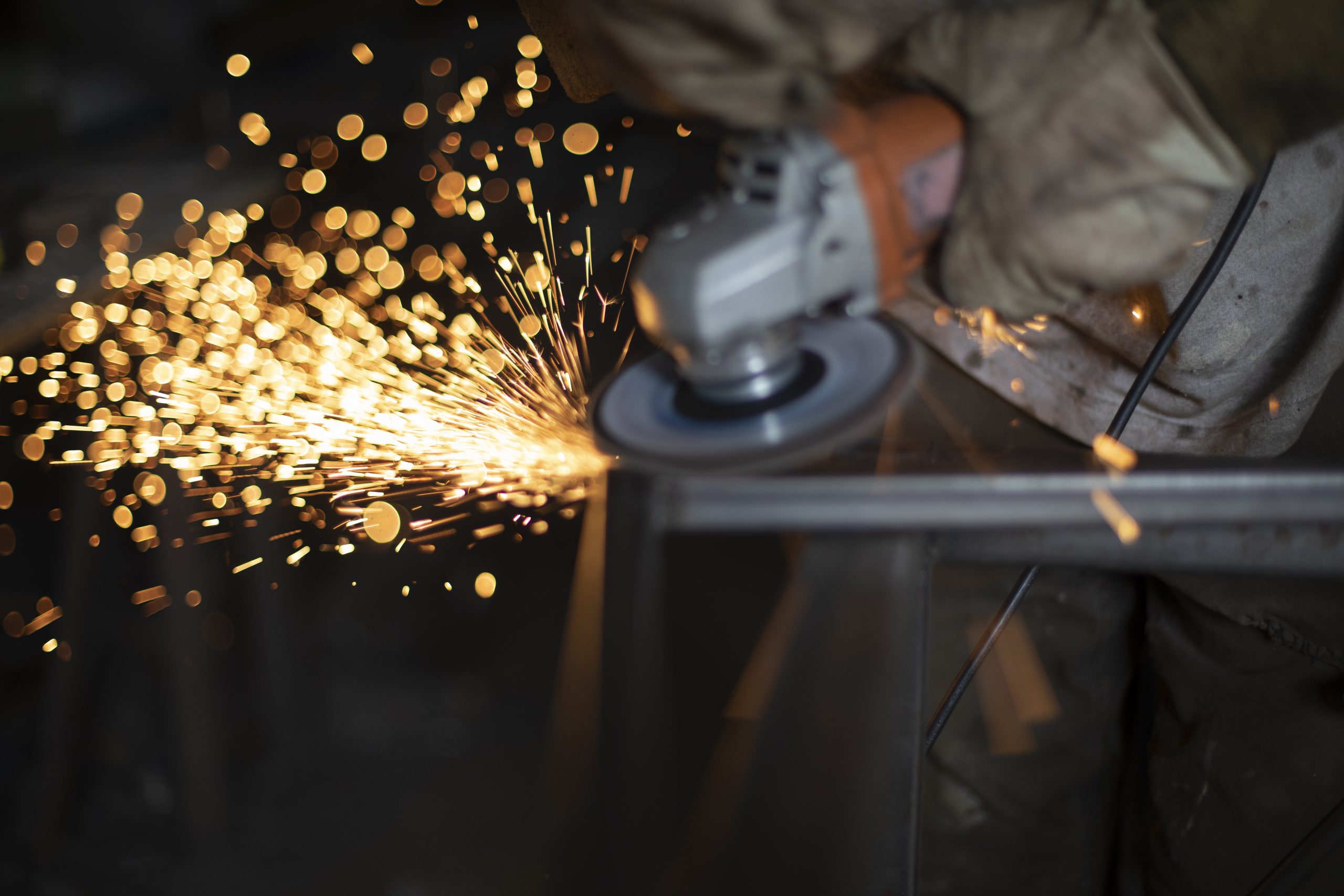When it comes to sanding surfaces, using the right abrasive is crucial to achieving the desired results. Two common types of abrasives used in sanding are open coat and closed coat abrasives. While they may seem similar at first glance, there are significant differences between the two that can affect the quality of the finished product. In this article, we’ll explore what is the difference between open and closed coat abrasives and the situations in which one might be more appropriate than the other.
Open Coat Abrasives
Open coat abrasives are characterized by a lower density of abrasive particles on their surface. These abrasives typically have larger gaps between the abrasive particles, allowing for better ventilation and cooling during use. The abrasive particles are typically held in place by a resin or glue binder, which also helps to dissipate heat.
One of the main advantages of open coat abrasives is that they are less likely to clog during use. This is because the larger gaps between the abrasive particles allow for sawdust and debris to escape more easily. Open coat abrasives are therefore ideal for sanding softwoods, such as pine or cedar, which tend to produce a lot of sawdust during sanding. They are also ideal for sanding rough surfaces that require a lot of material removal, as the larger gaps between the abrasive particles help to prevent the abrasive from becoming clogged with material.
One of the most common types of open coat abrasives is sandpaper. Open coat sandpaper is available in a range of grits and is typically sold in sheets or rolls. It can be used by hand or with a sanding block to sand a variety of surfaces, including wood, metal, and plastic. Another type of open coat abrasive is the sanding belt, which is used with a belt sander to sand larger surfaces. Sanding belts are available in a variety of sizes and grits and are ideal for sanding large areas quickly and efficiently.
Closed Coat Abrasives
Closed coat abrasives, on the other hand, have a higher density of abrasive particles on their surface. The abrasive particles are typically held in place by a resin or glue binder, which helps to prevent them from becoming dislodged during use. Unlike open coat abrasives, closed coat abrasives have smaller gaps between the abrasive particles, which can lead to a higher heat buildup during use.
One of the main advantages of closed coat abrasives is that they are more aggressive than open coat abrasives. This is because the higher density of abrasive particles allows for more material to be removed with each pass. Closed coat abrasives are therefore ideal for sanding hardwoods, such as oak or maple, which require more aggressive sanding to achieve a smooth finish. They are also ideal for sanding metal surfaces, as the higher density of abrasive particles allows for more material to be removed quickly.
One common type of closed coat abrasive is the flap disc. Flap discs with angle grinder can sand and smooth metal surfaces. They are available in a range of grits and can be used to remove rust, paint, and other surface coatings. Another type of closed coat abrasive is the sanding disc, sanding disc with random orbit sander can sand a variety of surfaces. Sanding discs are available in a range of grits and are ideal for sanding wood, metal, and plastic surfaces.
Which Abrasive to Choose?
When choosing between open coat and closed coat abrasives, there are several factors to consider.
- Type of surface being sanded
The first is the type of surface being sanded. Softwoods, such as pine or cedar, are best sanded with open coat abrasives, as they are less likely to clog and can be used for longer periods of time. Hardwoods, such as oak or maple, are best sanded with closed coat abrasives, as they are more aggressive and can remove material quickly.
- Amount of material to be removed
The second factor to consider is the amount of material that needs to be removed. If a significant amount of material needs to be removed, closed coat abrasives may be more appropriate, as they are more aggressive and can remove material faster. On the other hand, if only a small amount of material needs to be removed, or if a finer finish is desired, open coat abrasives may be more appropriate.
- Type of equipment being used
The third factor to consider is the type of equipment being used. Some sanding equipment, such as belt sanders, are designed specifically for use with certain types of abrasives. If you are using a specific type of equipment, it may be necessary to use the type of abrasive recommended by the manufacturer.
Finally, it’s important to consider the grit of the abrasive. The grit refers to the size of the abrasive particles, and different grits are appropriate for different types of sanding. Lower grits are more aggressive and are appropriate for rough sanding, while higher grits are less aggressive and are appropriate for fine sanding. It’s important to choose the appropriate grit for the type of sanding being done.
Conclusion
In conclusion, open coat and closed coat abrasives are two common types of abrasives used in sanding. Open coat abrasives are characterized by a lower density of abrasive particles on their surface and are less likely to clog during use. They are ideal for sanding softwoods and rough surfaces. Closed coat abrasives, on the other hand, have a higher density of abrasive particles on their surface and are more aggressive. They are ideal for sanding hardwoods and metal surfaces. When choosing between open coat and closed coat abrasives, it’s important to consider the type of surface being sanded, the amount of material that needs to be removed, the type of equipment being used, and the grit of the abrasive. By taking these factors into consideration, you can choose the appropriate abrasive for the job and achieve the desired results.


